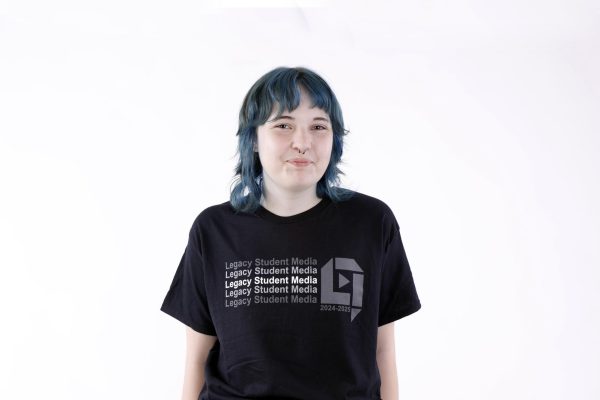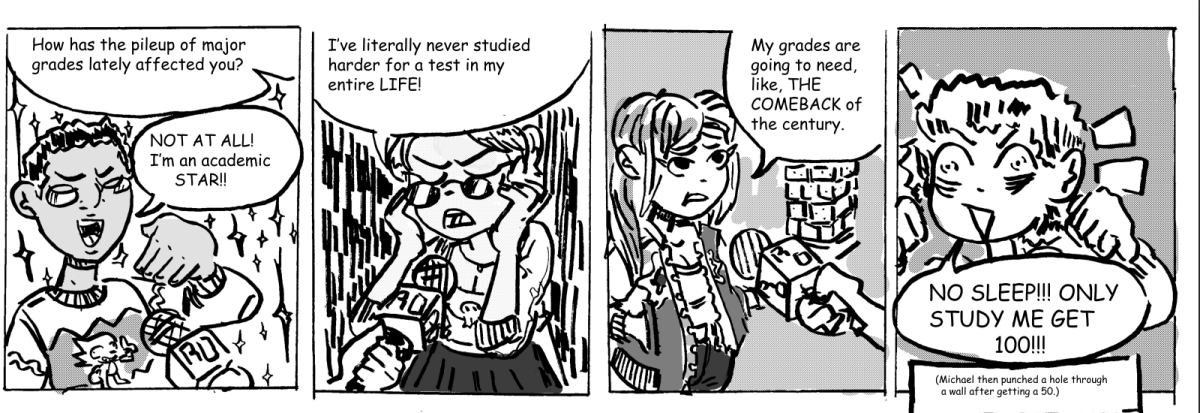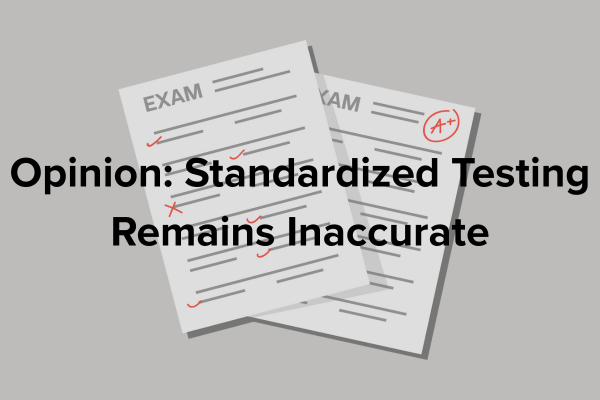Scrolling on TikTok, you’ve probably come across a TikTok Shop ad or an influencer discussing their favorite products. Seeing influencers participating in microtrends can sway users to purchase products featured in the videos they come across. With short, fifteen second clip videos, TikTok creates a sense of urgency, pushing users to quickly add items to their cart. Because of this, TikTok has become a powerful tool for marketers to target and influence consumers.
From shopping hauls to fit checks, restocking videos to sponsored ads every other video, TikTok remains a popular place for consumerism, especially since the platform meticulously customizes users’ “For you” pages based on what they’ve previously liked or favorited. Succumbing to purchasing these products seen on TikTok in large amounts promotes overconsumption, the excessive consumption or use of goods and services that cause harm and detrimental effects to humans and/or the environment.
Similar to the Hydroflask, when Stanley cups began trending, people couldn’t stay away, and many purchased multiple. I understand purchasing one cup, maybe two, but purchasing ten solely for the color variations seems unreasonable. Having multiple reusable cups defeats the entire purpose of the reusable aspect. Along with purchasing different colors, people even go as far as customizing their Stanley cups and accessorizing them, as displayed in this clip.
This clip shows customers adamantly racing for a “Valentine’s Day” Stanley cup, tripping over each other, after camping outside of the store for hours. This is clearly an example the craze for Stanleys has gone too far.
Impulsive purchases stand as a big factor when it comes to overconsumption. In fact, impulse purchases account for 40% of all the money spent on e-commerce, meaning that almost half of online purchases are mindless. This culture of thoughtless purchases contributes to the waste in our world and we need to take more consideration when buying something. While you may feel happier in the moment, the temporary joy will turn into an item on a dusty shelf eventually.
Along with Stanley fervor, clips of TikTokers restocking their fridges and pantries entertain viewers and accumulate high like counts. The people in these videos buy plastic containers to transfer their food items that already have plastic packaging. This clip shows a fridge that contains more plastic than food. Cheap plastic containers can be found on websites such as Temu and Wish, leading people to believe that since they easily find products at cheap prices, these purchases can be justified. These items, produced in factories, don’t help our world at all.
I hope that in the near future, we can find a way to slow this excessive overconsumption behavior fueled by social media. There’s nothing wrong with buying something trendy, but be certain the item will be put to good use. Don’t forget that trends are only temporary so think twice before spending!









